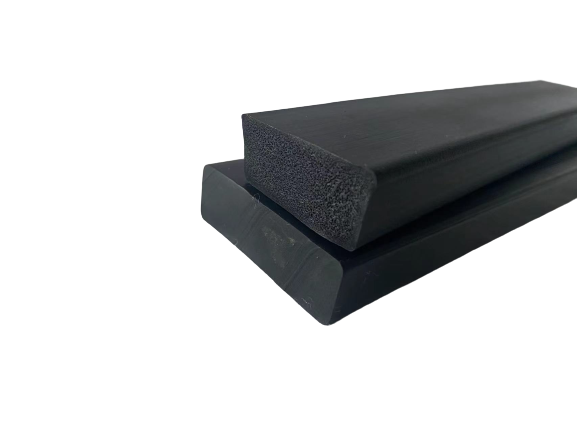okt . 02, 2024 19:08 Back to list
Types of Weatherstripping for Door Bottom Sealing Solutions
Understanding Door Bottom Weatherstripping Types
When it comes to maintaining a comfortable living environment, one often overlooked element is door bottom weatherstripping. This simple yet essential home improvement feature plays a critical role in insulation, energy efficiency, and overall comfort. There are various types of door bottom weatherstripping available, each suited for different applications and needs.
1. Door Sweeps
One of the most common types of weatherstripping is the door sweep. This consists of a long piece of material attached to the bottom of the door, designed to block drafts and prevent air leakage. Door sweeps can be made from various materials, including vinyl, rubber, or bristle, and can be installed easily with adhesive or screws. They are particularly effective for exterior doors that face harsh weather conditions.
2. Thresholds
Thresholds are installed on the floor beneath the door and serve as a barrier against drafts, moisture, and pest entry. They are often made from metal, wood, or plastic. A good threshold will have a slight incline or a seal that runs along its edge, ensuring a tight fit with the door bottom, further enhancing energy efficiency.
door bottom weatherstripping types

This type of weatherstripping consists of a flexible rubber or vinyl tube that compresses when the door is closed. Tubular gasketing is highly effective in creating a tight seal and is ideal for doors that experience frequent use. Its flexibility allows it to conform to uneven surfaces, ensuring a snug fit.
4. V-strip (Tension Seal)
V-strip is a folded plastic or metal strip that provides a tension seal along the sides and bottom of the door. It effectively blocks air drafts while remaining inconspicuous. Installation is straightforward, as it can be cut to size and applied with adhesive.
5. Self-Adhesive Weatherstripping
This is a convenient option for DIY enthusiasts. Self-adhesive strips can be made from foam, rubber, or vinyl, and they adhere directly to the door or its frame. This type is particularly useful for interior doors, garage doors, and utility rooms where ease of installation is desired.
Conclusion
Choosing the right type of door bottom weatherstripping is crucial for enhancing energy efficiency and maintaining a comfortable indoor climate. By considering the specific needs of your doors and understanding the available options, you can effectively prevent drafts, reduce energy costs, and extend the lifespan of your entryway. Whether you opt for a simple door sweep or a more complex tubular gasketing, investing in weatherstripping is a smart and cost-effective home improvement.




